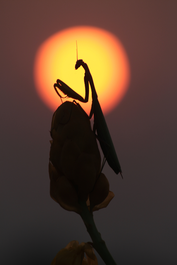 Who doesn't love a praying mantis? Actually, even putting aside their mariticidal qualities, mantids are a teeny bit controversial among plant people. My own fascination with mantids began in late 2020. Upon bringing home the year's fresh cut Christmas tree, we noticed an egg case hiding among the branches. Although part of me had no problem with the idea of allowing a clutch of baby mantids hatch and grow up in our living room, the sensible (and married) part of me decided this was not prudent. Instead, I cut the branch carrying the egg case and moved it to the greenhouse, hoping the mantis hatchlings may act as beneficial insects by feeding on destructive pest insects. I'm unable to prove or quantify the impact my mantlings had on pest control, but anecdotally, we had an issue-free season. Perhaps more importantly, I relished every encounter with my little mantis buddies while working out in the greenhouse. Unfortunately, it may be due to their pest management benefits that praying mantises can be considered problematic. Many commercially sold mantis egg cases marketed as "organic pest control" are actually invasive species (typically Asian but sometimes European) instead of our North American natives. As the invasive Asian mantids are significantly larger than our natives, they are able to out-compete them for resources. They also pose a demonstrated threat to native wildlife -- most concerningly, native pollinators. 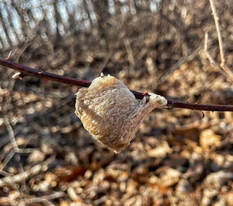 Asian mantis ootheca Asian mantis ootheca This year, I've noticed a glut of mantis egg cases (called 'ootheca' by scientists and other nerds) along the forest borders surrounding our farm. Both the native and the invasive egg mantids tend to leave their ootheca on small branches of shrubs or brush grass but may also utilize fencing or other artificial structures. The Asian variety are the easiest to spot: they are puffy, though usually not perfectly round, with the texture of Styrofoam. The North American mantis ootheca is much more elongated, and I tend to find them more often located on the clinging to the undersides of branches. They are most easily identified by their striped markings, which are absent from both the Asian and European ootheca. 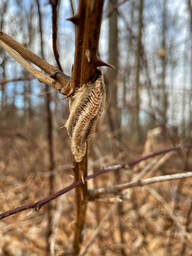 Native North American mantis ootheca Native North American mantis ootheca Though delighted each time I find one, I have noticed that there are about 10 invasive mantis egg cases for every one native. Some may consider this an alarming trend. Many native plant experts recommend destroying any non-native egg cases you may find, while others believe the impact of the invasive mantids is less concerning. I, myself, am neither qualified nor brave enough to get between native plant experts, so I will recuse myself of offering advice. Just observations. And, hopefully later this season, more photos of this year's adopted mantlings whose wayward ootheca has been relocated to the greenhouse. :)
1 Comment
Thank you and congratulations on your purchase of a genuine Thirsty Boot Farms holiday plant. Now that the holiday season has passed, you may be wondering “What do I do with my adorable little plant now? 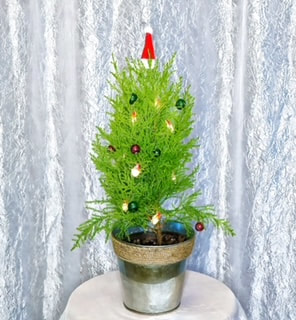 If you do not wish to continue caring for your holiday plant, you may return plants in good health to Thirsty Boot Farms for a partial refund. Plants can be left with staff at Gunpowder Falls Brewing Co. in New Freedom, PA any time during their operating hours. Send us an email to let us know it’s there! Upon inspection and health assessment of the tree, we will send your refund via your choice of Cash App, PayPal, or Venmo. Check out the table below to explore your after-Christmas options for your plant. Light strings (from cypress and spruce) and buckets can also be returned in good working condition for $.50 each. Most ornaments can be removed by simply twisting the wire, but some may require wire cutters. Thanks again for supporting Thirsty Boot Farms' Holiday Plant program. We're already so excited to begin planning for next year! 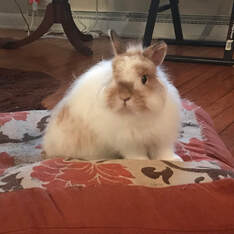 Opie, Pooper in Chief Opie, Pooper in Chief Pictured here is one of our best boys, Opie. Opie was once a breeder bunny with a rabbity working to gain acceptance of his coloration in his breed standard (he's a broken orange jersey wooly, if anyone's interested). He came to Thirsty Boot Farms after the untimely passing of his predecessor, Pete, left a rabbit-shaped hole in our hearts. Of course we'd love Opie unconditionally even if all he did was eat hay and papaya treats, which is good because that's mostly what he does. His emotional support qualities aside (just try and be sad while holding him - it's like having a pet cloud), he is a bit of a freeloader. That is, until you realize he poops garden gold. Rabbit manure has long been a favorite of home gardeners, and with good reason. It's nearly a perfect fertilizer: all natural and chemical free, it will not burn plants with no need to compost. So every morning along with my many (MANY) morning chores, I dutifully collect the poop from Opie's litter box to save for Spring. In seasons past, I've mixed the pellets into soil directly. However, someone pointed out that since rabbits are fed hay, I may be inadvertently introducing grass seed to the soil mixture and thus increasing weeds. This may be especially true for Opie, who in fact has a hay feeder right next to his litter box because he likes to poop while he eats, and really who doesn't? So Opie's poop sat unused, collecting in Cafe Bustelo coffee cans indefinitely. 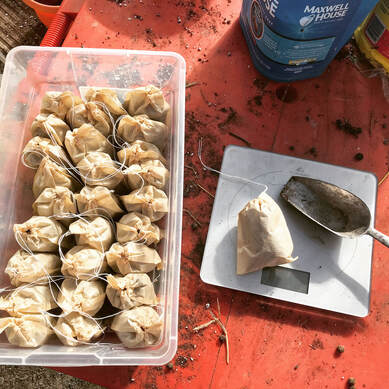 Preparing the bunny beans, 20g per bag Preparing the bunny beans, 20g per bag Until one day scrolling a bonsai blog it occurred to me: lots of bonsai growers use fertilizer in tea bags, typically on the soil's surface secured with toothpicks. Most of these growers are likely using more expensive commercial fertilizers, but I thought why not try the rabbit pellets? And better yet, since Opie the fertilizer factory produces more than I truly need, why not share with the greater public? So this year, for the first time, Thirsty Boot Farms will make our Bunny Beans Fertilizer available for purchase at each of our on-site sales as supplies last (or if you prefer, you can contact us about shipping). So how do you use Bunny Beans Fertilizer? We're so glad you asked. BUNNY BEANS FERTILIZER DIRECTIONS FOR USE: There are many ways that the Bunny Beans Fertilizer can be used to bring out the best in your plants.
-To use as a tea, steep 1 bag per 1 gallon of water in sun for 1-3 days or until the mixture reaches the color of weak tea. Use tea to water plants as normal. -Place tea bag(s) on the soil surface of particularly valued plants, such as bonsai. Secure with toothpicks. -Bury the tea bags in soil (the bags are compostable). You can also open the bag and scatter the manure pellets, but this increases likelihood of grass seed distribution. We hope your plants enjoy the Bunny Beans as much as Opie enjoys making them! 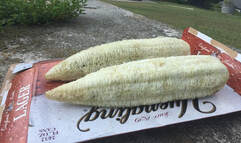 Still interested in luffas after all that? Read on for Part II of Luffa 101. (Find Part I here.) Whether your luffas dry indoors or out on the vine, you now have to get beneath that skin to actually see or use the actual luffa sponge. So, you’ve got to peel it. And it’s tough! And it’s time consuming! And then I realized it’s a whooooole lot easier if you soak them first. 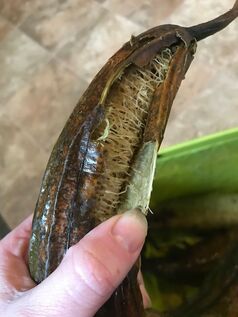 I know, soaking them seems counter intuitive after we just spent all this time drying them, but trust me it’s different this time. Just fill a bucket/large pot/bathtub/whatever with water (warm is probably better, for the sake of your hands that will be peeling them). Let them sit for a bit, and they’ll be much easier to peel. They’ve got stringy spines that zip off and can sometimes make the peeling easier (or at least more satisfying). Soon, you’ll have the skeleton revealed and the perfect home grown luffa you’ve always dreamed of. 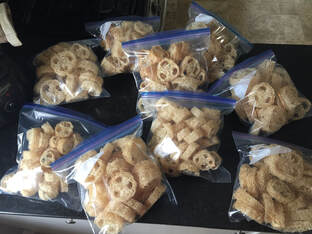 From here, I typically give them a quick dip in a mold-preventing solution, then let them dry out once more. I slice them for use in soap, but they can be used whole in the bath. Oh, and be prepared for seeds. Especially if you slice them, there are going to be so many seeds. It’s up to you if you want to try to remove them. So in summary and full disclosure, growing luffas (especially in a cool climate) is kind of a giant pain. Some home gardeners appreciate the novelty, but most who've tried it don't seem to go for a second season. 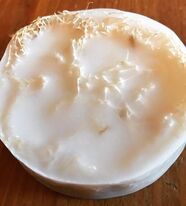 For us though here at Thirsty Boot Farms, we plan to keep growing them. What can I say, small businesses thrive on novelty. I myself am addicted to the exfoliating qualities in the soaps we make. Plus it's a fun word to say. Luffa. Luuuu-ffa. Hehe. I even had the wild idea that I might try to cultivate my own variety of cold-hardy luffa. I bought and read a book on plant breeding techniques only to realize that in simply saving seeds from my successful luffas and replanting them next year, I was already selectively breeding for cold(er)-hardy luffas. So that's pretty cool. 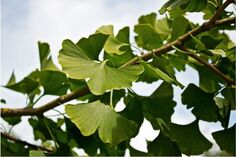 When we moved our farm in 2014, Paul’s mom brought us two ginkgo seedlings as a housewarming gift. I've been fascinated with these weirdos ever since. With its distinctive fan-shaped leaf, there’s nothing quite like a ginkgo. The ginkgo is often described as a “living fossil” because of its ancient beginnings and lack of living relatives. Ginkgo are dioecious, meaning that individual specimens are either male or female. Due to their unique silhouette and stunning autumn display of yellow, ginkgoes are popular street trees. Well, the male ginkgoes at least. Female trees are less significantly popular, because they produce a fruit that is – shall we say – stanky. Think decaying flesh meets rotten eggs. 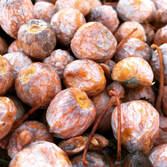 I know I’m in the minority as one who wholeheartedly appreciates the female ginkgoes. It is, in fact, only due to the female trees that I have any ginkgoes at all: the seedlings we were gifted as housewarming favors began as dropped seeds from a female tree in my inlaws' front yard. 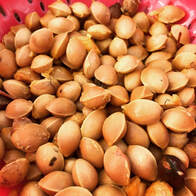 So now every year we make a pilgrimage back to Paul’s parents’ house, where we gather the ginkgo seeds in all their stanky glory (and have at least once returned later in the season for wayward seedlings). Propagating ginkgoes from seed isn't super common in the nursery trade because this would result in a 50/50 male and female trees in the next generation, and the female trees are much less desirable. But seeds are what I've got, so seeds are what I'll work with. I start by soaking the fruits overnight in water. Lots of seeds benefit from a good overnight soak before sowing, but for ginkgoes, it also helps loosen the flesh to reveal the true seed. Then, wearing gloves (because the flesh can cause allergic reactions) and a face mask (because they are, once again, stanky), I begin the process of squishing each hard seed out of its meaty fruit. Once the seeds have been defleshed it's simply a matter of planting them out. I start mine in soil beds in mid-late January so they can achieve a full stratification period before the last frost. Repeating this each year has yielded us hundreds and hundreds of ginkgoes. 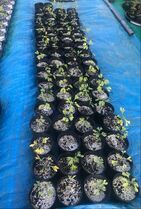 So what are we going to do with hundreds and hundreds of ginkgoes? …Honestly, this is a great question. As mentioned previously, almost no one wants a female ginkgo as a yard tree. Since these were propagated from seed instead of asexually, there is no way to know which seedlings are male vs. female. My first plan was to train the females for pre-bonsai and market the males as street & yard trees. Then I found out it will take about 20 years for them to develop the sex-indicating flowers, and well, ain’t nobody got time for that. 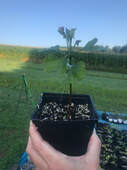 So, it looks like instead I’ll be developing ALL the ginkgoes as pre-bonsai. They’ll take a few years to be salable as well, but I’m looking forward to starting my mini ginkgo forest this spring. Surely I'll post an update then, because it's bound to be adorable. 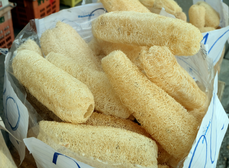 "I thought they were sea creatures!” This is, hilariously, the most common response I get when people find out I grow luffas. And while growing a crop of sea sponges sounds like fun, it doesn’t seem like an endeavor that would see much success here in Pennsylvania (though luffas aren't an easy keeper either). So what actually are luffas, then? Luffas (sometimes spelled “loofa” or “luffah” or even “loofah” – just to complicate your Google searches) are actually gourds. As seedlings they look just like their cucubirt cousins and begin to look a bit like zucchinis as they mature. They grow on vines and if left to dry at the end of the season, will produce a sponge-like skeleton beneath its thin skin. In other parts of the world, they are grown as food and eaten while still green. In North America, most of us are familiar with the dried out versions of luffas you see in gift baskets of fancy bath products. 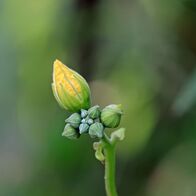 So how do you grow your own luffas? Or maybe better yet, should you? The first thing to consider is that luffas love hot weather. Not just warm, but hot. I don't know what experts would tell you for their exact zone hardiness, but here in 6b, I know it's really tough to get them fruitfully through the growing season. They need a long season to fully dry out. So of course, start them early. As early as you can is best, but keep in mind they are climbers so you probably want to put them outside before they get too large. Even started early, in my experience they still won’t flower until they are good and ready (i.e., when it’s hot), so the return on starting SUPER early is limited. |
AuthorErin runs the blog for Thirsty Boot Farms. Archives
March 2022
Categories |
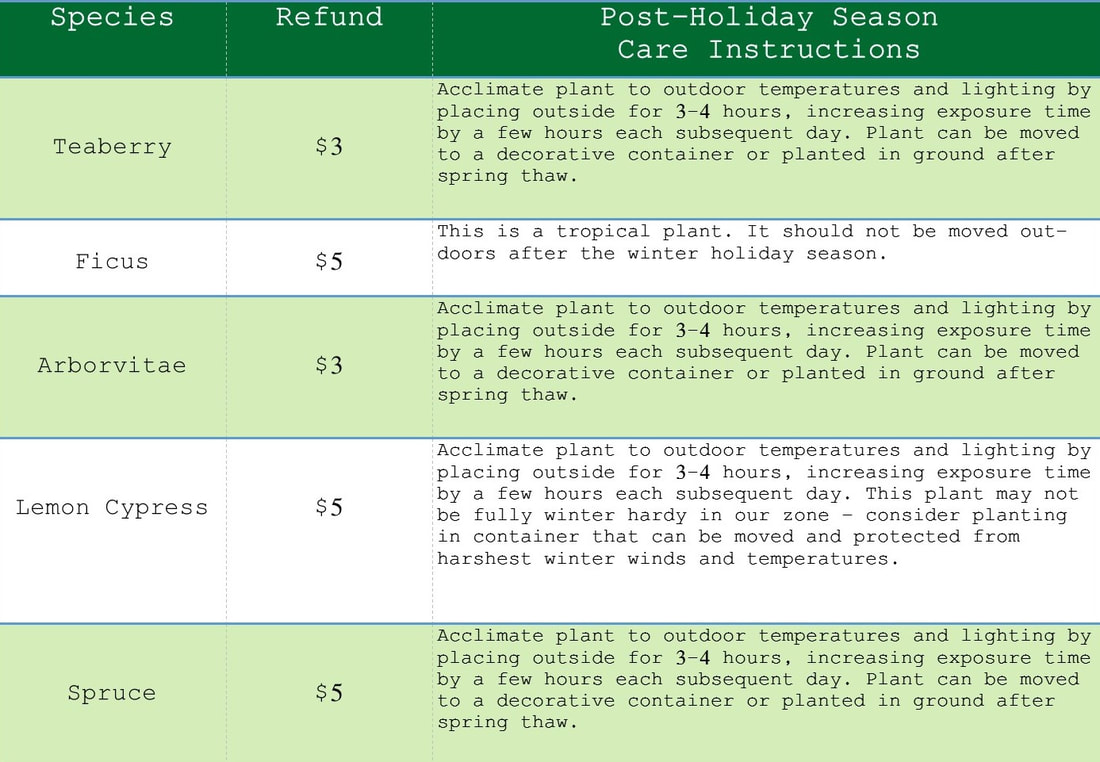
 RSS Feed
RSS Feed
